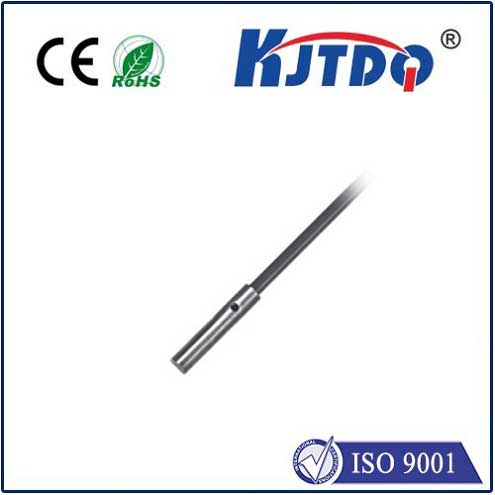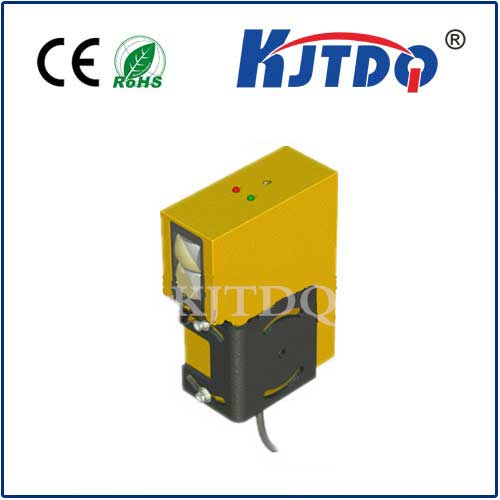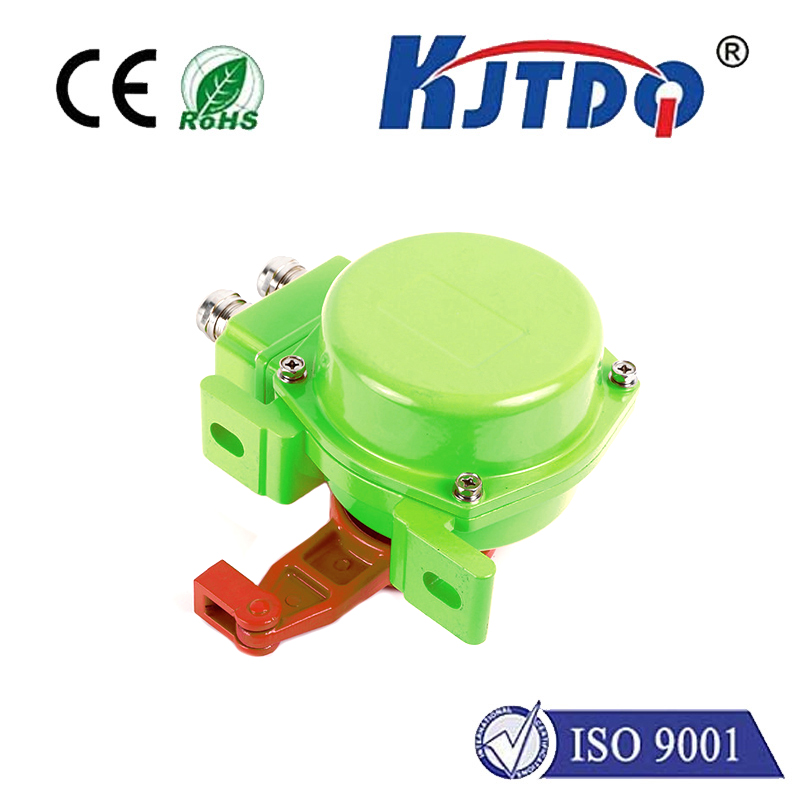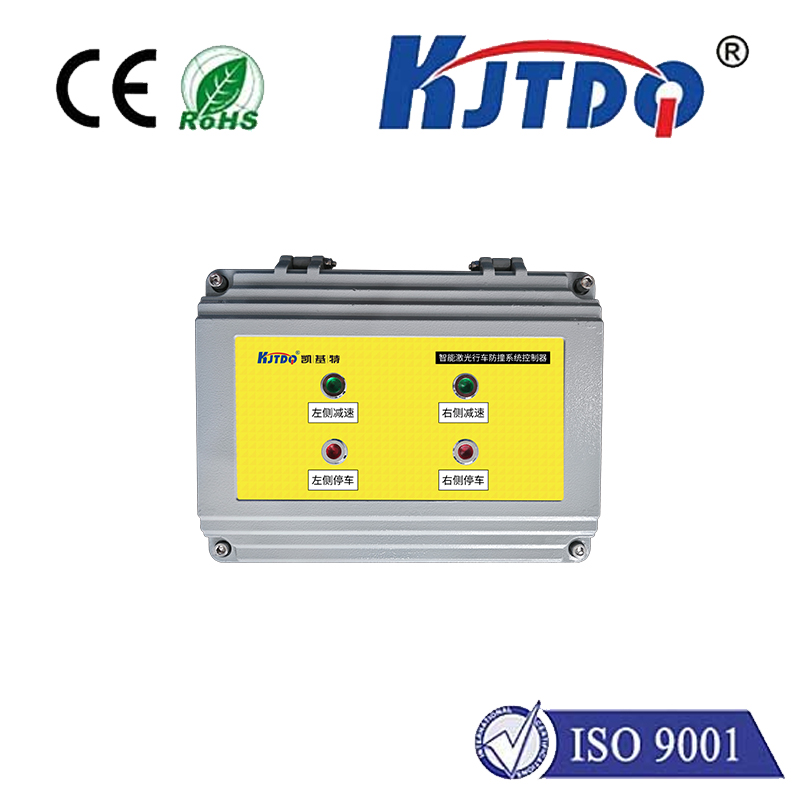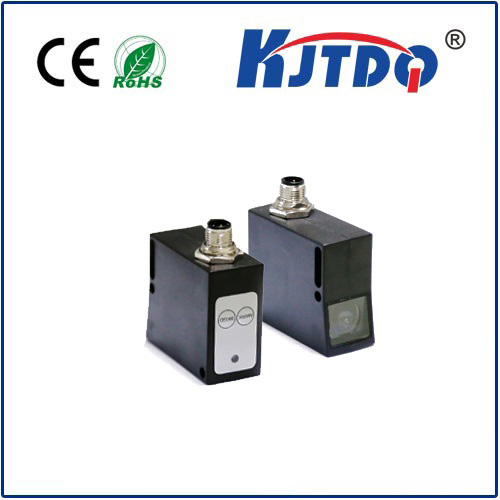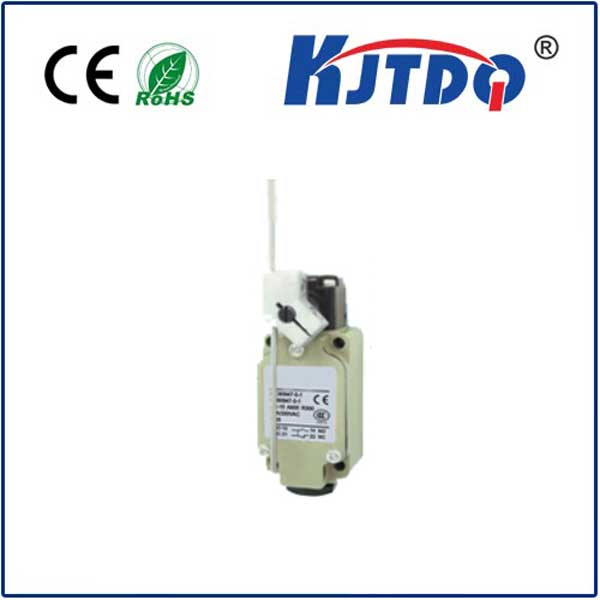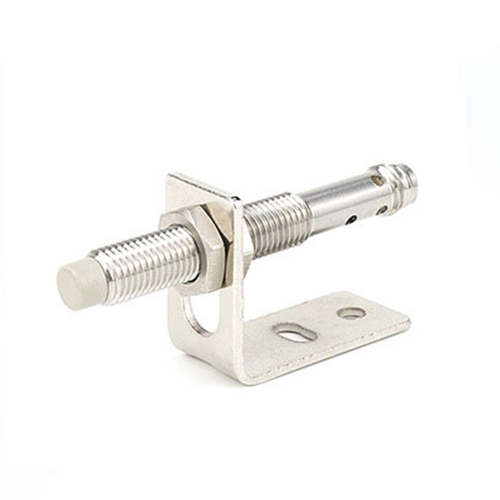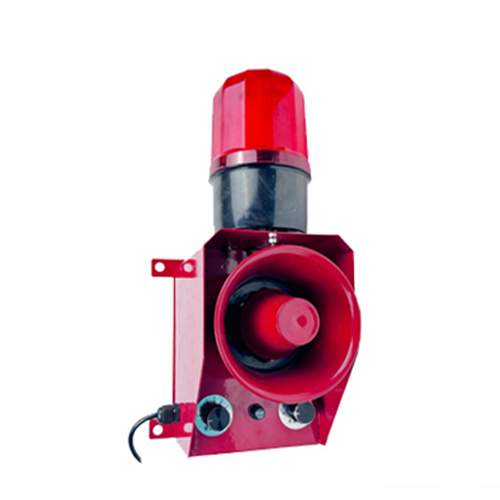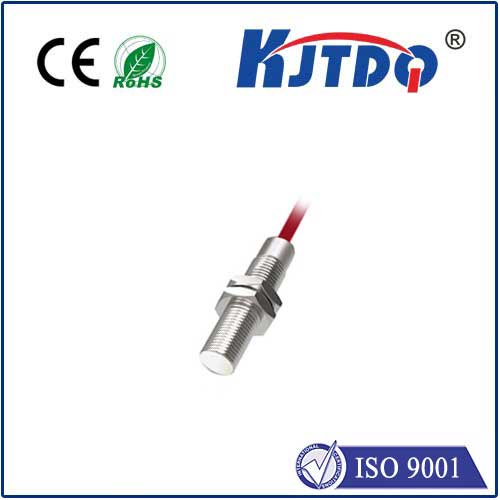

check

check

check

check

check

check

check

check

check

check
Title: The Critical Role of Elevator Limit Switches in Ensuring Safe and Efficient Elevator Operation
Elevators, an integral part of modern buildings, have become ubiquitous in our daily lives. They offer undeniable convenience by saving us time and energy when moving between floors. However, the smooth operation and safety of elevators depend heavily on a lesser-known component - the elevator limit switch. This article delves into the importance of these switches, explaining why they are indispensable for safe and efficient elevator functioning.
The primary function of an elevator limit switch is to act as a safety measure, preventing the elevator from traveling beyond its designated maximum and minimum heights. By doing so, it protects both the passengers and the mechanical system from potential harm. In essence, limit switches serve as the 'brake pedal' for elevators, immediately halting the elevator if it approaches too close to the building's upper or lower limits.

From a mechanical standpoint, limit switches work through a simple yet effective mechanism. As the elevator car reaches a specific level, a trigger bar engages with the switch, which then sends a signal to the control system to stop the elevator. This mechanism ensures that even in instances of control system malfunction or incorrect input from operators, there remains a failsafe to prevent mishaps.
The design and construction of limit switches reflect their critical role in elevator safety. They are built to be durable and reliable, withstanding the test of continuous operation and the elements. Manufacturers take extra care to ensure that these switches are of high quality, given the paramount importance of their function.
Moreover, elevator limit switches contribute to the efficiency of elevator operations. By setting precise points for elevator stops, they allow for accurate floor leveling. This precision not only improves passenger experience but also reduces wear and tear on the elevator machinery. Proper maintenance and periodic checks of these limit switches are crucial in ensuring this accuracy is maintained over time.
Another aspect where limit switches show their value is during emergencies. In scenarios like power outages or system failures, limit switches can still enforce their safety constraints. They provide a last line of defense, preventing free-fall or over-travel scenarios, which could otherwise lead to catastrophic consequences.
For buildings with high traffic, such as commercial skyscrapers, the effectiveness of limit switches becomes even more paramount. Here, the sheer volume of elevator usage demands robust safety mechanisms to protect the numerous passengers using the lifts throughout the day. The reliability of limit switches directly impacts the smooth flow of building operations and the security of those within.
In conclusion, elevator limit switches play a pivotal role in safeguarding one of our most frequently used modern conveniences. Their diligent operation behind the scenes ensures that every elevator journey is a safe and controlled one. As we rely increasingly on elevators for accessibility and convenience in multi-level structures, recognizing the contribution of these small but mighty components is essential. Next time you press the elevator button, remember the silent hero working tirelessly to make your ride a secure one – the elevator limit switch.
